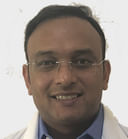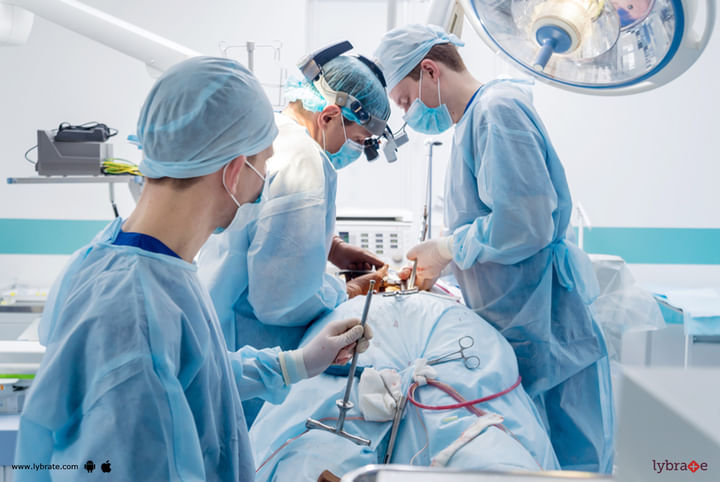Spinal Surgery - Know More About It!
Spinal surgery is a process used for correcting the problems in your spine. The process involves welding two bones or vertebrae into one single bone. This reduces the movement of those bones, which in turn, helps to reduce back pain and stabilize the spine.
This type of surgery is performed when physiotherapy and medicines have not helped cure your back pain. The specialists recommend this option when they are able to understand the actual reason behind your pain.
To locate the source of your discomfort, you may have to undergo MRI (Magnetic Resonance Imaging) scans, X-rays and CT (computerized tomography) scans.
Procedure
Prior to the surgery, you will be put under general anaesthesia. Spinal fusion surgery can be performed through different techniques. The most common ones are – cervical spinal fusion and lumbar fusion.
There are two approaches –anterior and posterior. In the anterior approach, the doctor will make an incision in your lower abdomen for the lumbar fusion. For the cervical fusion, this incision will be made in your neck in the front.
For the posterior approach, the incision will be made at your lower back in the middle. Another method (called lateral approach) is where the doctor operates your spine by making an incision on the side.
The next step is preparing a bone graft. A bone graft is used to enhance the healing process of your bones and fuse two vertebrae together. If the graft is developed from your own body, a portion of your pelvis is utilized. If it comes from another person, it is called a donor graft.
The surgeon positions the bone graft between the vertebrae. Screws, metal plates and rods can be used for keeping the vertebrae in place until the bone graft heals. In some cases, doctors may use synthetic substances to help increase the speed of the fusion process. You may be suggested to wear a brace by the doctor.
Applications of Spinal Surgery
Spinal fusion surgery can be used for different purposes –
• Spinal deformities such as scoliosis, where the spine is curved sideways
• Vertebrae fracture
• Tumour
• Stabilize the spine after removing a herniated disk
• Spondylolisthesis
• Restoring spinal strength that may be caused due to arthritis
• Spinal stenosis
• Degenerative disk disease
Aftercare and Recovery
You will have to stay at the hospital for at least two to three days. Afterwards, you may face some discomfort such as high fever, redness, swelling, and chills. However, these are part of your natural healing process. The fusion process can take several months. During this period, your spine has to be kept perfectly aligned. You must take the medication as per the doctor’s guidelines. As you recover, your doctor will instruct you to start engaging in light physical activity such as walking.



+1.svg)
